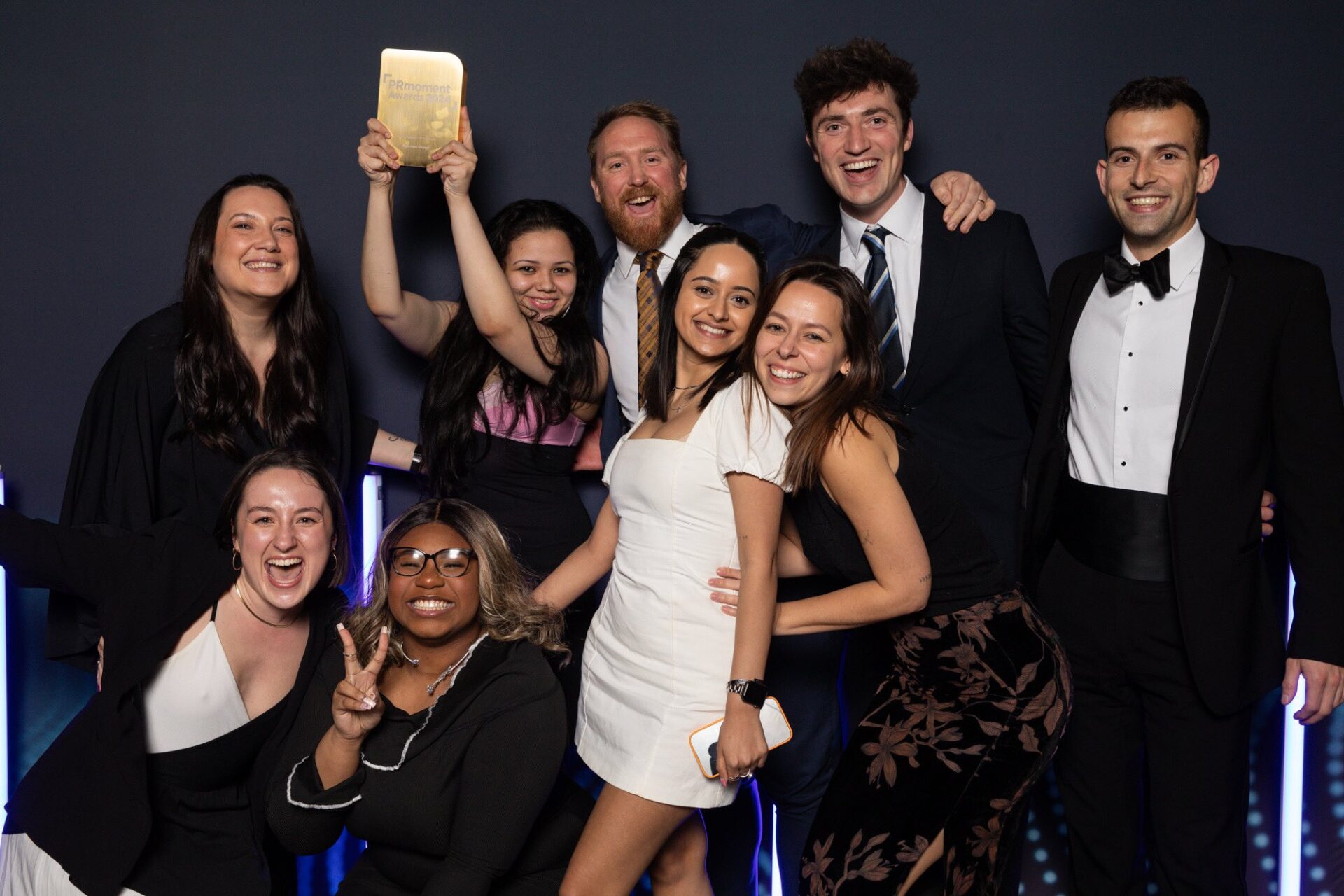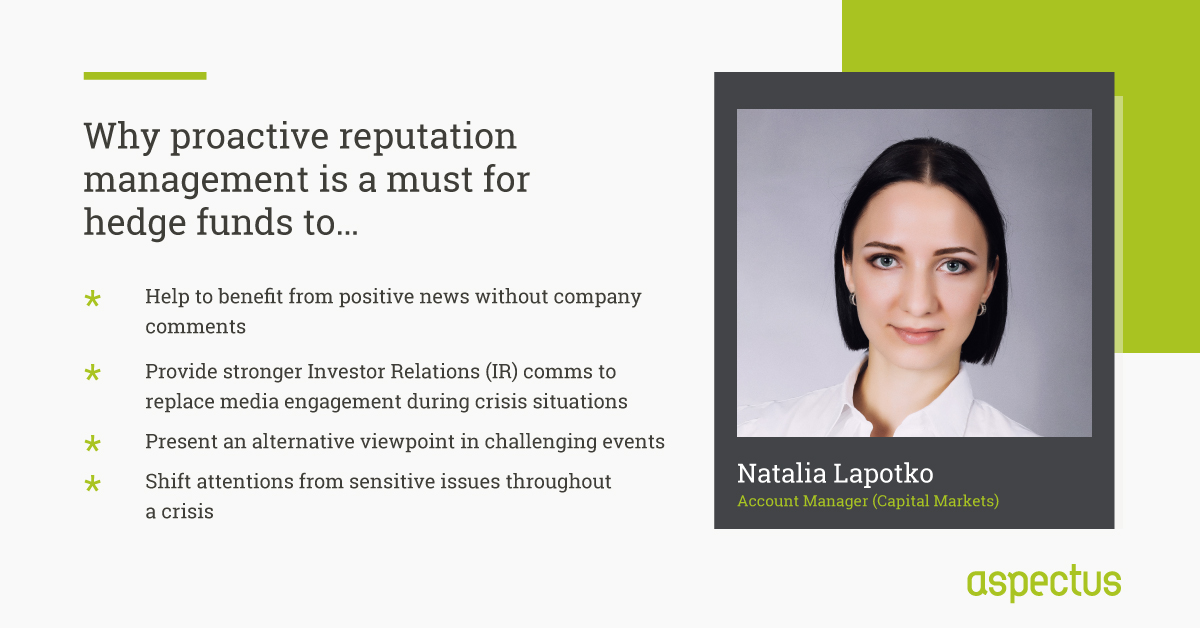Why is media relations important? Lessons from Covid-19 and beyond

By Isabelle Dann, Senior Media Strategist, Technology
The importance of good media relations cannot be overstated and, since you’re already reading this, chances are this isn’t news to you. Strong PR has always been prized compared to advertising, as people rightly prioritise third-party endorsement, thanks to its impartial nature. Across all sectors, earned media has always rested on relationships. However, the pandemic reshuffled everyone’s cards, affecting the entire media landscape.
During the first lockdown, web traffic spiked for publishers due to the widespread impact of coronavirus – yet existing struggles to monetise this readership persisted, even for newspapers with a healthy network of paid subscribers. This was compounded when media buyers and brands pulled advertising spend almost overnight, compelling consolidation across the industry.
Also, it’s no secret that newsrooms had been shrinking alongside advertising budgets long before the clutches of Covid-19 set in. Consequently, journalists would often find themselves forced to churn out more stories with fewer resources and more ill-targeted PR pitches.
So, what does this mean for communications now? In short: while the benefits of media relations may be harder to achieve than ever before, they’ve never been more valuable. The pandemic accelerated our evolution into a weightless world, as described by economist Diane Coyle, where more economic activity takes place in digital form – but personalisation is still paramount.
This is where the importance of media relations becomes most apparent, as true storytelling is people-powered. Certainly, it’s never been more difficult to stand out from the crowd. Businesses that blast out endless press releases about, say, yet another industry award shortlist – opting for quantity over quality when it comes to targets – are doomed to fail from the beginning.
Good media relations centres around knowing what journalists want, which means aiming far beyond press releases (though of course these remain important). This means reading the news voraciously – sounds obvious, yet so many fail to really do their homework when speaking to journalists. How else are you going to know what a journalist wants unless you read their work? Their competitors’ work? Reading is the catalyst for storylines, the ability to spot opportunities, and respond imaginatively and efficiently to breaking news – which is where we excel.
As a result, the best journalists come to us for a conversation, to look at what we have written, and to listen to what we can offer them. Above all else, journalists want fresh ideas. That could encompass everything from an opinion piece to a research-led feature, an infographic to an interview opportunity. The point is that media relationships don’t come from a piece of paper like an old-fashioned press release; they grow from a discussion based around a whole package of input.
Now, how best to go about this? Both brands and communications professionals (whether in-house or agency) should focus on building meaningful relationships with their target media. As the world opens up more and more, this could entail meeting a journalist for coffee or lunch, which helps build a relationship on a personal level. Phone calls work well for formal interviews, but nothing quite beats meeting face-to-face; humans have not yet devolved en masse into bots for a reason.
At the same time, the rise in remote working has made Zoom, Microsoft Teams, and Google Hangouts meetings mainstream. This has opened up access to virtual coffees with journalists who might not only live in a different city but in a different country, continent, perhaps even in a rural location.
This shouldn’t be a hard sell, but instead a chance to get to know them and what they are interested in, so pitching efforts can be more tailored. Also don’t forget that, by removing the need to travel, you’ll be asking for less of a journalist’s (admittedly scant) time.
Ultimately, with Google advertising still funding fake news websites, it’s never been more important to support organisations that specialise in telling the truth. What’s more, as publishers are accountable, they’re a valuable place for businesses to spend marketing budgets in the form of PR. Paid media can be useful as part of a wider communications strategy but, in isolation, it’ll only achieve limited success.
The future of media is uncertain and, when calculating ROI, it’s easy to be short-sighted – but businesses must play the long game if they want lasting growth. Journalists – online, print, audio, and broadcast – are responsible for holding to account key figures in government, companies, sovereign states, and broader society. Individuals and businesses who can provide revealing insights that rise above the noise, creating distinctive value for a publication’s readers, will create a truly lasting legacy.
Get in touch with me if you’re looking to propel your press coverage this year. In the last few weeks alone, we’ve secured Sky News, the Financial Times, and Business Insider.
Isabelle can be reached at isabelle.dann@aspectusgroup.com and @izzydann









